

Last week CVWO master bander Dr. Robert Reilly was notified that a White-throated Sparrow banded on April 26, 2007 at CVWO's First Landing State Park passerine banding station was recovered dead near Wells, Maine. At the present time the date and exact place of recovery are unknown. The sparrow was brought to the Wells National Estuarine Research Reserve. On February 5, 2008 the band was discovered when a staffperson was preparing a study skin of the bird. More details will be provided as available.
Wells, Maine is located along the southern Maine coast. Wells lies some 572 straight line miles NE of the First Landing station. The sprawling metro areas of New York and Boston lie between Wells and First Landing.
A total of seventy White-throats were banded at First Landing last spring; the species was the fourth most numerous passerine banded in 2007. Thirty-four were banded on April 26, 2007. When banded this sparrow weighed 23.1 grams, had a modest fat score and was aged as an after-second-year individual. The age designation means that the bird was hatched during the summer of 2005 or earlier. The age of adult, small passerines cannot be fixed more precisely. The bird was a male.
White-throated Sparrows breed across Canada and the northern tier of the United States to the tundra. It is not likely that the bird nested near Wells. For a range map see: http://www.birds.cornell.edu/AllAboutBirds/BirdGuide/White-throated_Sparrow.html
Thus, the bird would have at least migrated south from its natal grounds during the fall of 2005 and north in the spring of 2006 to breed. The bird would have migrated south during the fall of 2006 and north again in the 2007 spring before dying in Wells, possibly when south-bound following the 2007 breeding season.
Band 1791-75615 was apparently not noticed at the point of initial recovery. Its "belated" discovery demonstrates the importance of examining in some manner any bird found dead in the wild. A stick or other simple tool will do the trick should one do not wish to handle the bird. A quick visual examination of the bird's legs will suffice. If a band is observed, it may be removed, the number may be carefully and exactly noted or the bird may be placed in a plastic bag for later inspection by a third-party. The place and time of discovery should be recorded. The band number may be reported by telephone, 1-800-327-BAND (2263), or electronically, http://www.pwrc.usgs.gov/bbl/homepage/call800.htm
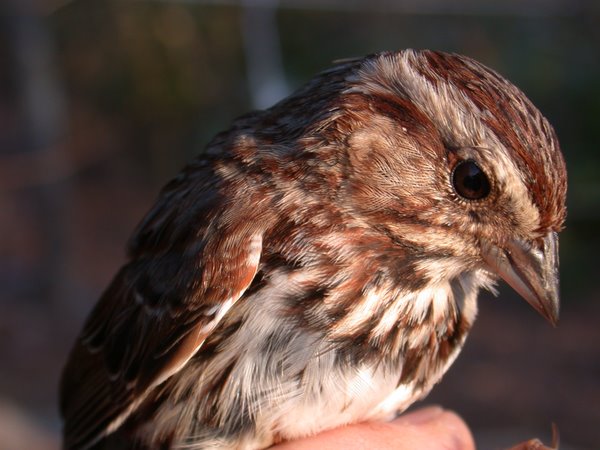
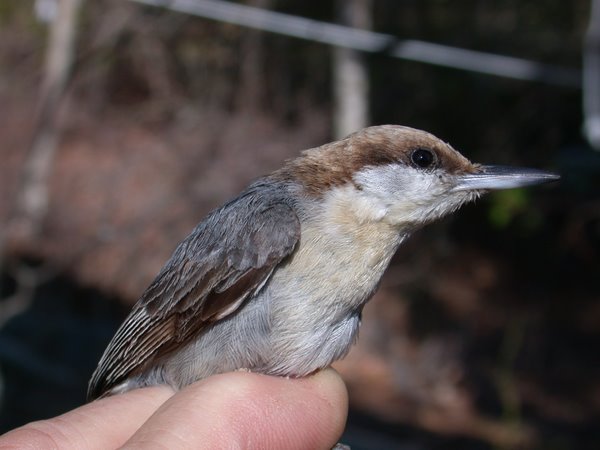
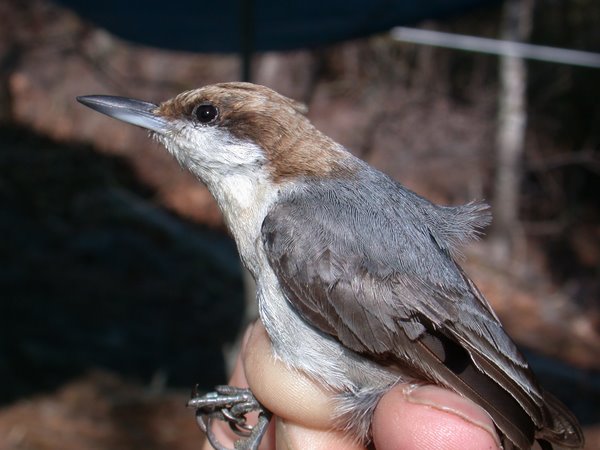
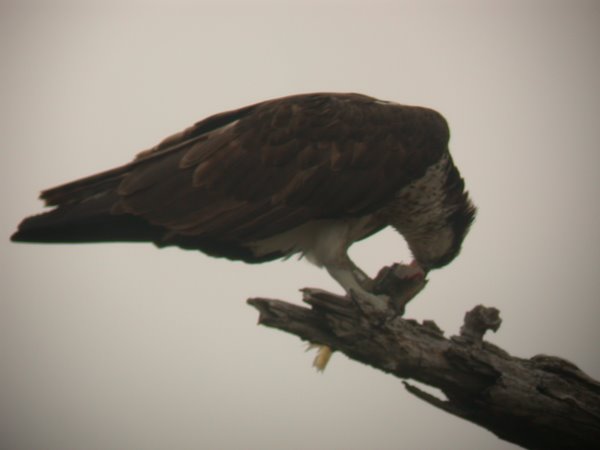


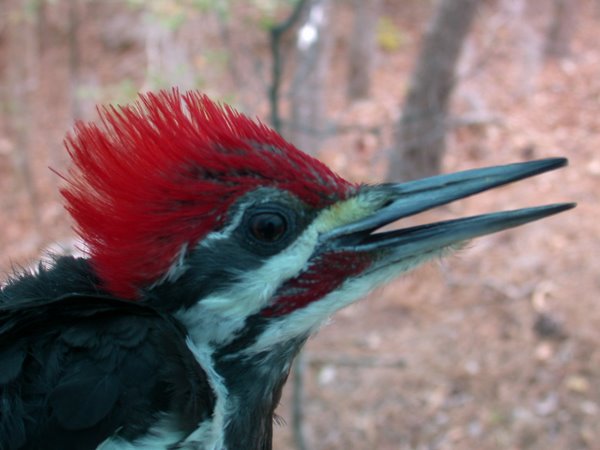
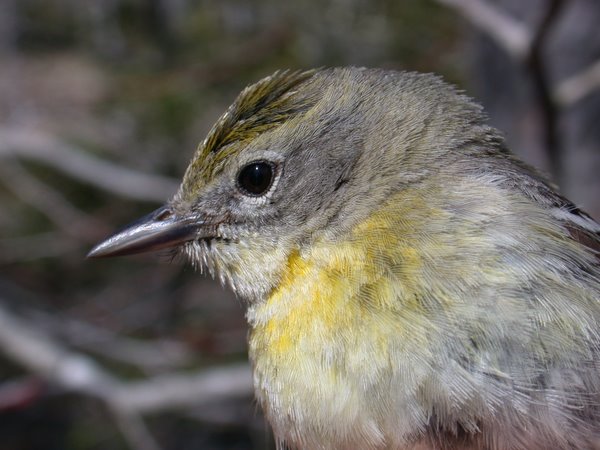
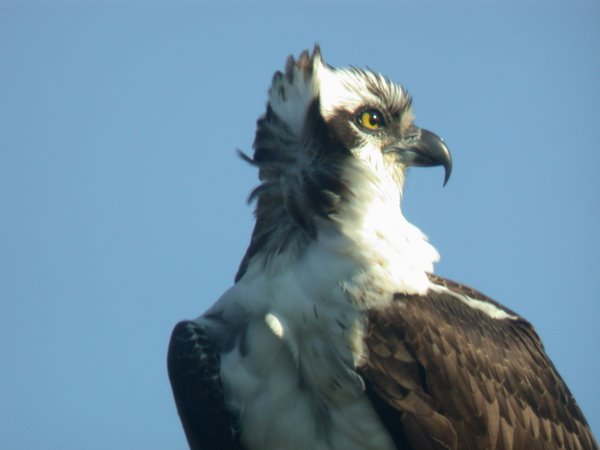
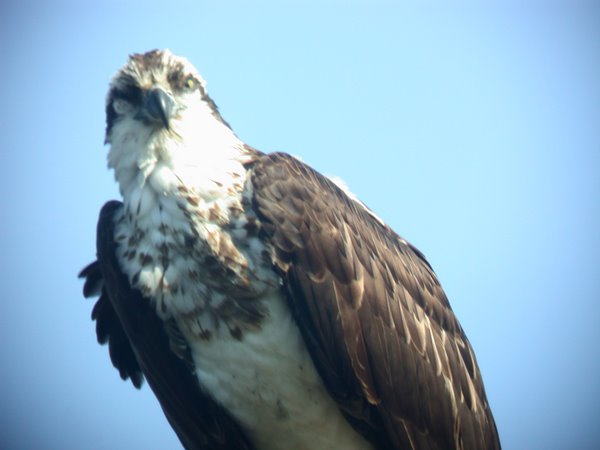
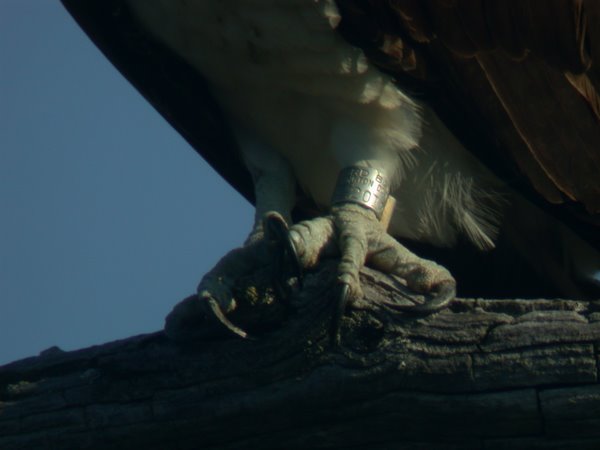
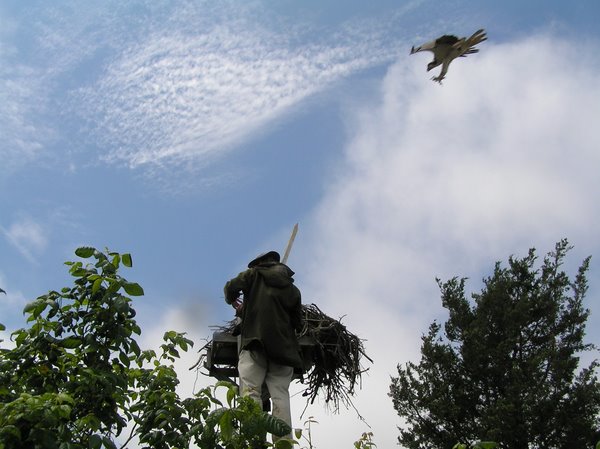

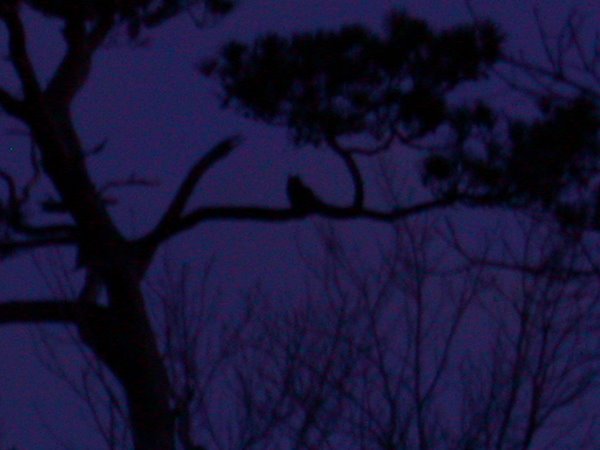



No comments:
Post a Comment